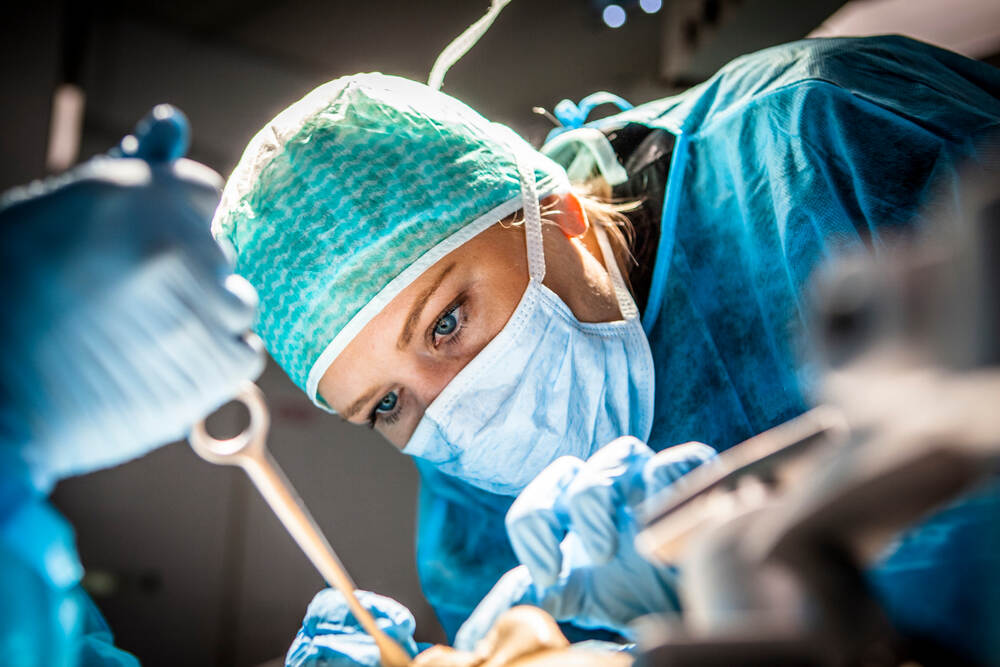

Changes in the oral cavity, teeth, and jaws can cause pain, inflammation, or functional problems. With minimally invasive techniques, we ensure quick and safe problem resolution for both adults and children.
In cases of tooth loss or bone deficiency, we combine titanium/ceramic implants with regenerative techniques to restore both function and aesthetics of the bite.
Includes procedures for the treatment of dentofacial deformities and OSAS. Surgeries may be performed individually or in combination, depending on the extent of the skeletal deformity and aesthetic considerations. They are carried out under general anesthesia with hospitalization usually lasting one to two nights.
We safely remove lesions with both aesthetic and oncological considerations, ensuring minimal scarring and histological confirmation of the diagnosis.
Monday - Thursday
Friday
Saturday - Sunday
08:00 - 19:00
08:00 - 16:00
Closed
Copyright © 2025 MD medicina | All Rights Reserved | Quality and safety | Privacy Policy